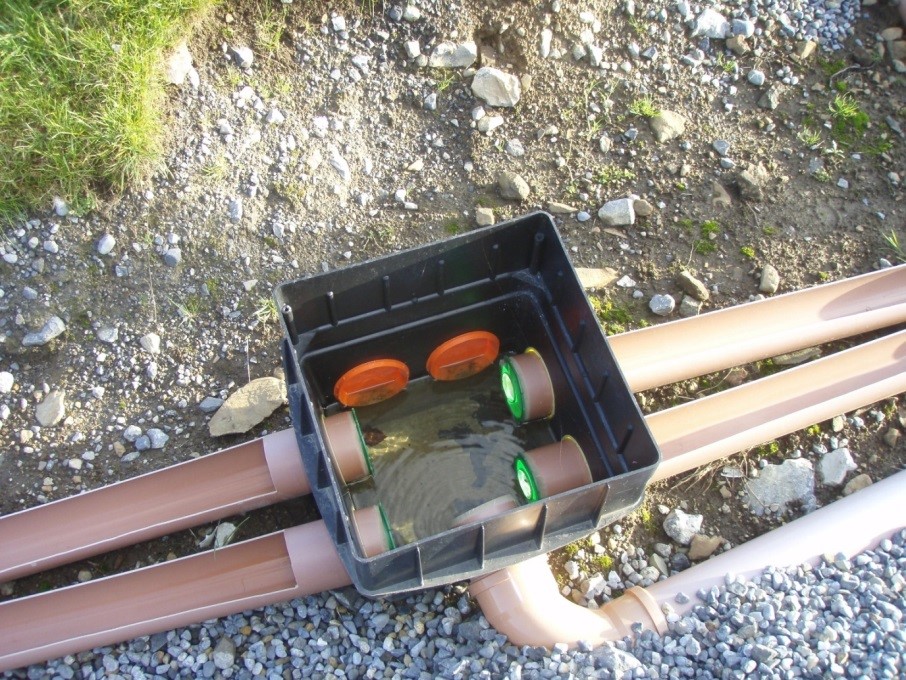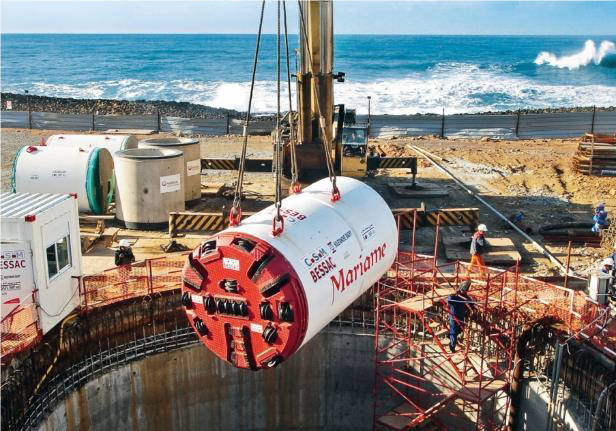In Ireland, wastewater from approximately 500,000 houses is treated by on-site treatment systems. It is essential in the interests of public health to ensure the safe disposal of wastewater from a development. A site assessment will determine whether or not a particular site can achieve this.
This training programme aims to enable site assessors to have sufficient knowledge, skills and understanding to be able to carry out site suitability assessments for on-site treatment systems for single houses. This course will qualify site assessors to operate and maintain a wastewater treatment plant in a safe and efficient manner, in compliance with current legislation.
The training course is based mainly on the Environmental Protection Agency (EPA) Code of Practice (2009) and the Groundwater Protection Responses for on-site waste water systems.
Site Suitability Assessment is a legal requirement under Planning Regulations.
To protect the environment and public health, houses in un-sewered areas must be on suitable sites and must have an appropriate wastewater treatment system that is correctly installed and maintained.
Effluent from septic tanks is highly polluting and can pose a significant risk to groundwater, surface water, and public health. On-site domestic waste water treatment systems are designed to treat the wastewater to minimise contamination of soils and water. It prevents direct discharge of untreated wastewater to the groundwater or surface water.
A lack of understanding of both a site’s suitability for on-site wastewater treatment and the treatment/disposal processes involved has contributed to poor design and siting and installation of systems, resulting in significant environmental problems and potential public health risks.
This training course’s focus is to properly train future site assessors and give them all the skillsets to be able to understand and predict the impact of a house’s wastewater treatment system on the water environment, and to carry out the site suitability assessment according to the EPA’s Code of Practice.




